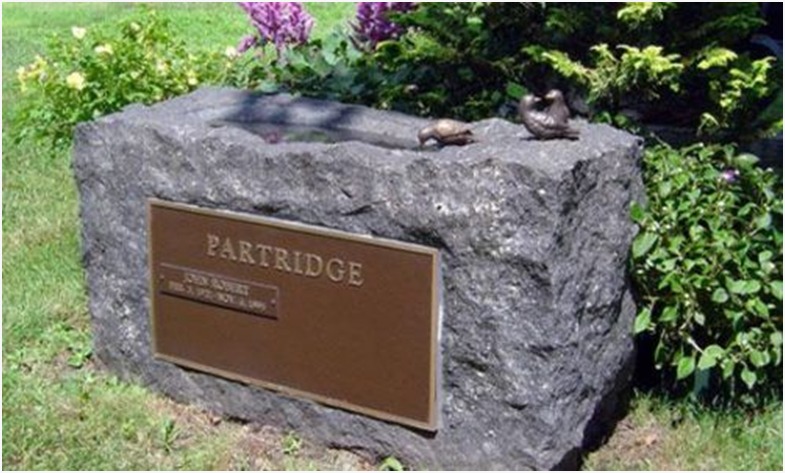Ever since ancient times, natural stone has been revered and employed in building monuments – lasting tributes of human creativity, ingenuity, natural stone beauty, and timelessness. Here we explore this rich history.
Table of Contents
Marble: the embodiment of luxury
Marble’s timeless beauty and grace has long been esteemed, from iconic stone monuments such as Athens’ Parthenon or Michelangelo’s David in Florence – to its smooth texture and timeless grace- are admired worldwide. Marble can be found everywhere from homes to monuments such as Parthenon in Athens or Michelangelo’s David in Florence; representing sophistication, refinement, purity and elegance in its compositions. Marble has long been chosen by sculptors, architects and artists looking to create timeless beauty and grace in their works of art – as evidenced in iconic structures like Parthenon at Athens or Michelangelo’s David in Florence! Marble makes its timeless beauty and grace through centuries old structures while providing smooth textures which enhance its presence within works such iconic monuments as Michelangelo’s David at Florence as renowned landmarks representing sophistication refinement purity elegance; hence making its inclusion among classic masterpieces as these.
Granite: Strength and Durability
Granite’s rugged texture has long made it popular as an architectural material, from ancient pyramids in Egypt to towering Roman monuments; due to its durable yet resilient qualities it remains popular today for monument construction projects across history. Granite also stands up well to weathering, helping ensure monuments maintain their beauty over generations. The way granite is used for monuments and tombstones, it is also used for stone fountains as well.
Sandstone: An historical marker
Sandstone’s vibrant colors and intricate grain patterns have long made it a go-to material for monument construction around the world, such as Red Fort in India or Petra in Jordan. Furthermore, its natural beauty makes it suitable for interior or exterior applications – its porous, soft surface allows detailed carving and sculpture as well as naturally varying hues that give buildings more character.

Limestone: Simplicity lies in its versatility.
Limestone’s creamy texture and appearance has long been an object of desire among builders and artists, inspiring generations of builders and sculptors. Limestone’s durability, adaptability, and beauty makes it the ideal material to use when crafting monuments – as evidenced by iconic structures like Giza’s Great Pyramid of Giza or Washington D.C. Lincoln Memorial being constructed using this versatile stone material. Limestone provides plenty of scope for detailed carving while lasting beauty is ensured through decades.
Slate: An Elegant Natural Stone With Unique Character
Slate brings rustic charm into any setting with its earthy shades and unique texture, lending the material rustic appeal. Due to its natural beauty and durability, slate has long been used both internally and externally for architectural features and decorative items alike, giving them depth, richness, authenticity, rich color variations and natural clefting effects that lend architectural features or decorative items a distinct character.

Travertine Tile – Timeless Elegance
Travertine has long been used in monument construction. Due to its timeless elegance and durability, such as being used to construct iconic structures like Rome’s Colosseum or Istanbul’s Hagia Sophia mosques – making travertine an ideal material for creating architectural marvels such as these monuments. Furthermore, subtle veining adds character and depth, further emphasizing their timeless beauty.
Conclusion
Over time, natural stones have played an essential role in both the construction and preservation of monuments as symbols of creativity, craftsmanship, cultural legacy, human innovation and human persistence. From Ancient Greece marble temples to Medieval Europe castles crafted of rugged forts & castles built of natural stone have left their indelible marks upon human civilization; we continue to admire the magnificence and beauty of historic landmarks while remembering humanity’s bond to these timeless materials which has helped shaped our world over millennia.

